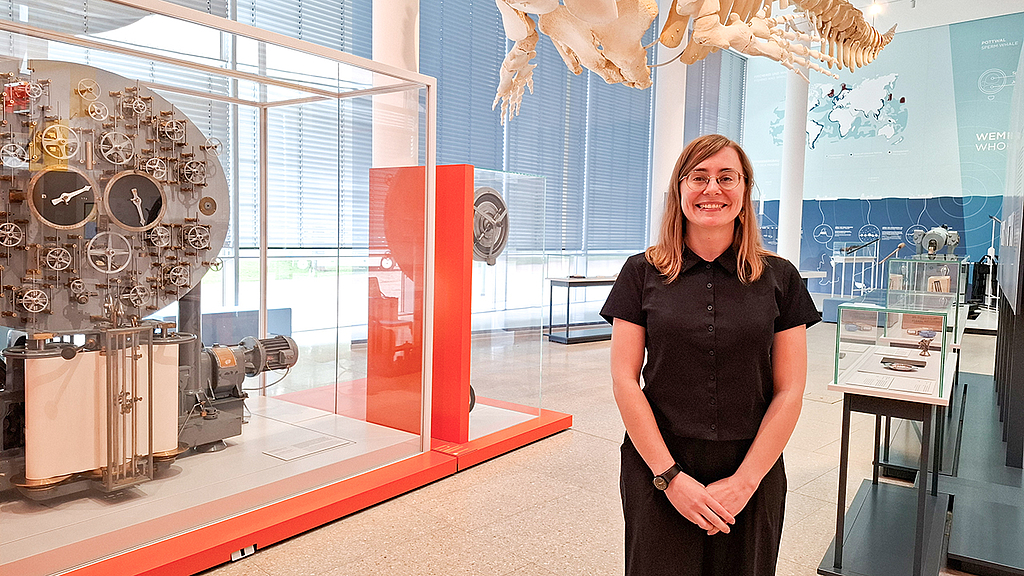Brooke Grasberger: Sea and faith
What brings you to the German Maritime Museum and how long do you stay?
Brooke Grasberger: I am here as an International Fellow, and I’ll be here for six months (July-December).
Where else and, above all, what else are you researching?
For my PhD thesis, I conducted research in the United States, the United Kingdom, and the Netherlands. This thesis is an environmental history of faith at sea–in other words, how the physical environment of the ocean (including wind and weather as well as the sea itself, and its various inhabitants) shapes the spiritual attitudes of seafarers. At the moment, I’m preparing this manuscript for publication.
I’m also currently working on a project with a colleague (Richard J. King) that involves historical seabird populations in the Pacific and the work of Herman Melville, where we are investigating how far his writings can be used as tools for historical research and education—and what to do when we come across the limits of this kind of ecocritical reading.
In addition, I’ve been at the initial stage of a new project on time and the sea, which I’ve done some very preliminary research on in the United States, and this is what brings me here.
What topic will you be working on at the German Maritime Museum?
I’ll spend my time here working on questions that came out of my previous research, which is: what does the sea do to time? Those that follow from it are: what is time’s place at sea and the sea’s place in time? Of course, these are very broad, so I’ve broken it down into a few smaller parts to begin with. The first is the question of experience: how does being at sea change one’s sense of time? Can boredom be a way of attuning to the marine environment? The second is the question of durability and decay: as shipbuilding and material shifted from the late nineteenth through the early twentieth century, how did this change the rate and quality of decay, whether over the long term or the extremely short term (as in shipwrecks)? I’m still at the beginning of this project, so I look forward to seeing how the research that I conduct here will change how I’m thinking about these topics and the overall shape and direction of the research.
Which exhibit fascinates you the most and why?
Tough question! My initial response is the environmental section of “The Sea and Us,” since it calls directly to my primary research interests, which are the mutual influence of people and the marine environment on each other, and it’s interesting to see a topic like whaling from the German perspective. I was also very interested in the exhibit on the 1925 voyage of the Meteor; I appreciated the attention paid to all aspects of the expedition, from the intertwined political and scientific conditions under which the vessel sailed, to interactions with the environment and other vessels, issues of labor, and the colonial impetus and legacy of the voyage.

Credit: DSM / Annica Müllenberg


